Cultural Tours
Journey into the Heart of East Africa's Rich Heritage
Discover Tanzania's Cultural Treasures
Tanzania is a land of breathtaking landscapes and iconic wildlife, but its soul is found in its rich, diverse, and ancient culture. From the dawn of humanity to the rise and fall of powerful empires, our nation's story is written in stone, song, and the vibrant spirit of its people.
A cultural tour with Escape Tours is more than a holiday; it's a journey into the heart of East Africa. We invite you to walk through living history, explore mystical sites, and connect with the traditions that make Tanzania truly unique.
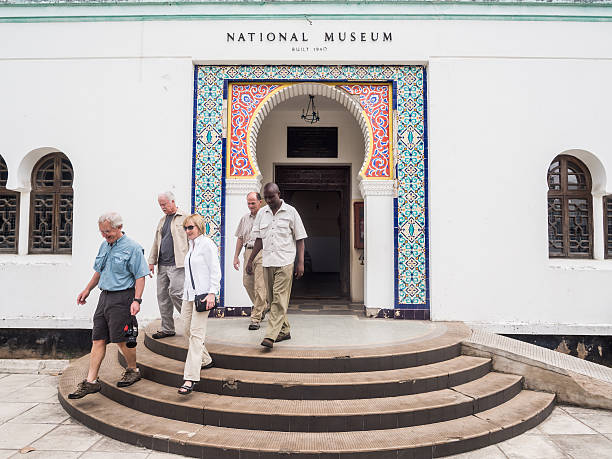
The National Museum and House of Culture, Dar es Salaam
A Journey Through Tanzania's Grand History
Located in the bustling heart of Dar es Salaam, the National Museum and House of Culture is the perfect starting point for any cultural exploration of Tanzania. It serves as the custodian of the nation's most treasured artifacts, offering a comprehensive narrative that spans from the origins of humankind to the modern-day republic. This is not just a collection of objects; it is the story of Tanzania under one roof.
Historical Significance:
Originally opened in 1940 as a memorial to King George V, the museum has since expanded to become the country's most important historical institution. Its international fame rests on the priceless paleoanthropological discoveries from the Olduvai Gorge. Here, you can stand face-to-face with the history of our earliest ancestors. The museum houses some of the most significant finds by the Leakey family, including the skull of Paranthropus boisei (Zinjanthropus) and evidence of the Laetoli footprints, which prove that our ancestors walked upright 3.6 million years ago.
What Makes It Special to Visit?
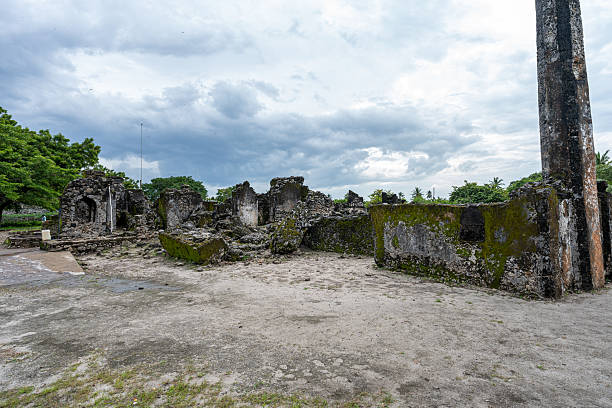
The Historic Town of Bagamoyo
Where History Whispers on the Indian Ocean Breeze
The name 'Bagamoyo' is Swahili for 'lay down your heart,' a haunting phrase that captures the town's dual legacy of immense sorrow and enduring hope. This quiet, coastal town, with its crumbling colonial architecture and ancient baobab trees, was once one of the most important trading posts in East Africa. To walk its streets is to step back in time, feeling the powerful echoes of its past as a terminus for both the slave and ivory trade caravans.
Historical Significance:
In the 19th century, Bagamoyo was the capital of German East Africa and a major port for the Sultanate of Oman. Caravans would arrive here after months of trekking from the interior, bringing ivory, salt, and tragically, enslaved people to be shipped to Zanzibar and beyond. For the captives, Bagamoyo was their last sight of their mainland home, a place of profound despair. It was also a crucial entry point for Christian missionaries and European explorers, including David Livingstone.
What Makes It Special to Visit?
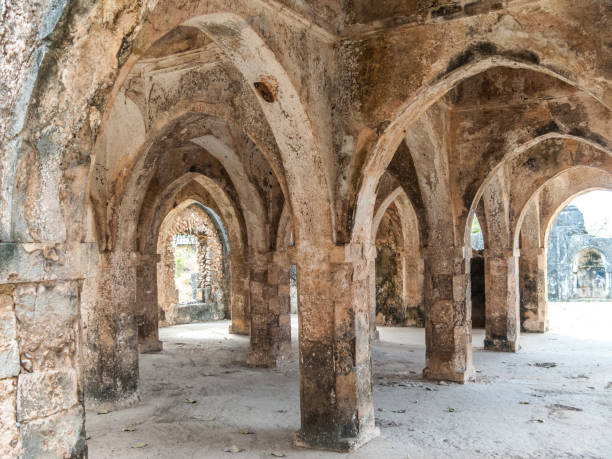
The Ruins of Kilwa Kisiwani and Songo Mnara
Echoes of a Forgotten Swahili Empire
Designated as a UNESCO World Heritage Site, the ruins of Kilwa Kisiwani ('Kilwa on the Island') and the nearby Songo Mnara are among the most significant historical sites in all of East Africa. Located on islands just off the coast, this was once the seat of a powerful and fabulously wealthy Swahili sultanate. From the 13th to the 15th centuries, Kilwa controlled the lucrative gold trade from the interior of Africa, minting its own currency and astonishing visitors with its sophistication.
Historical Significance:
The Sultanate of Kilwa was a dominant maritime power, whose influence stretched along the entire Swahili Coast. The wealth generated from trading gold, ivory, and other goods funded the construction of magnificent stone mosques, palaces, and homes. The architecture was a masterful blend of Swahili and Islamic styles, utilizing local coral stone. The great explorer Ibn Battuta visited in the 1330s and described it as one of the most beautiful cities he had ever seen.
What Makes It Special to Visit?
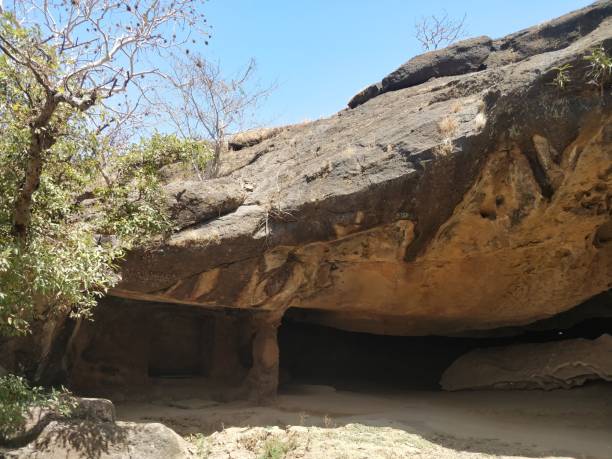
The Amboni Caves, Tanga
Tanzania's Mystical Underground Cathedral
Venture north to the region of Tanga to discover a natural wonder steeped in geological history and local spiritual beliefs: the Amboni Caves. This is the most extensive limestone cave system in East Africa, a breathtaking subterranean network of chambers, passages, and fascinating rock formations. Formed over 150 million years ago, the caves are more than just a geological marvel; they are considered a sacred site by local communities, who believe them to be the home of powerful spirits.
Historical Significance:
While the caves' geological history is ancient, their human history is more recent. They were used as a hiding place by local communities during the colonial era, particularly during the Abushiri Revolt against German rule. Today, their primary significance is cultural and spiritual. For generations, local shamans and traditional healers have used the caves for rituals, prayers, and to make offerings to the spirits (mizimu) that are believed to reside within.
What Makes It Special to Visit?
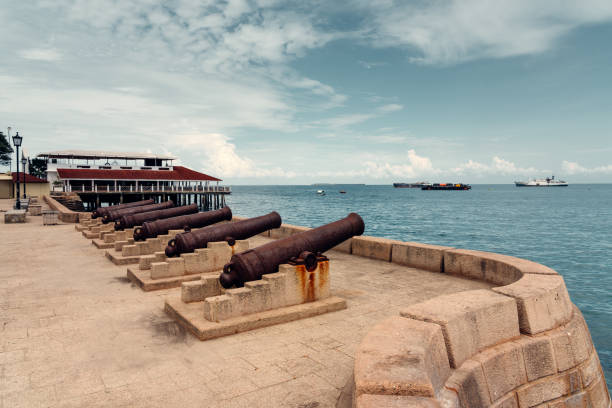
Stone Town, Zanzibar
The Labyrinthine Soul of the Spice Islands
No cultural tour of Tanzania is complete without immersing yourself in the sensory wonderland of Stone Town. The ancient heart of Zanzibar City, this UNESCO World Heritage Site is not a museum; it is a vibrant, living city where centuries of history unfold in a maze of narrow, winding alleys. The air is thick with the scent of cloves, cardamom, and fresh coffee, and the sounds of the call to prayer mingle with the chatter of the market.
Historical Significance:
Stone Town's history and wealth were built on trade. For centuries, it was a pivotal hub for the spice trade and, more infamously, the East African slave trade. It became the capital of the Omani Empire in the 19th century, and the Sultans who ruled from here created an architectural legacy that defines the city today. The buildings are a unique blend of styles, characterized by their thick coral stone walls, expansive courtyards, and, most famously, their intricately carved wooden doors.
What Makes It Special to Visit?
Ready to Explore Tanzania's Cultural Heritage?
Let us create a meaningful cultural experience that connects you with the heart and soul of Tanzania